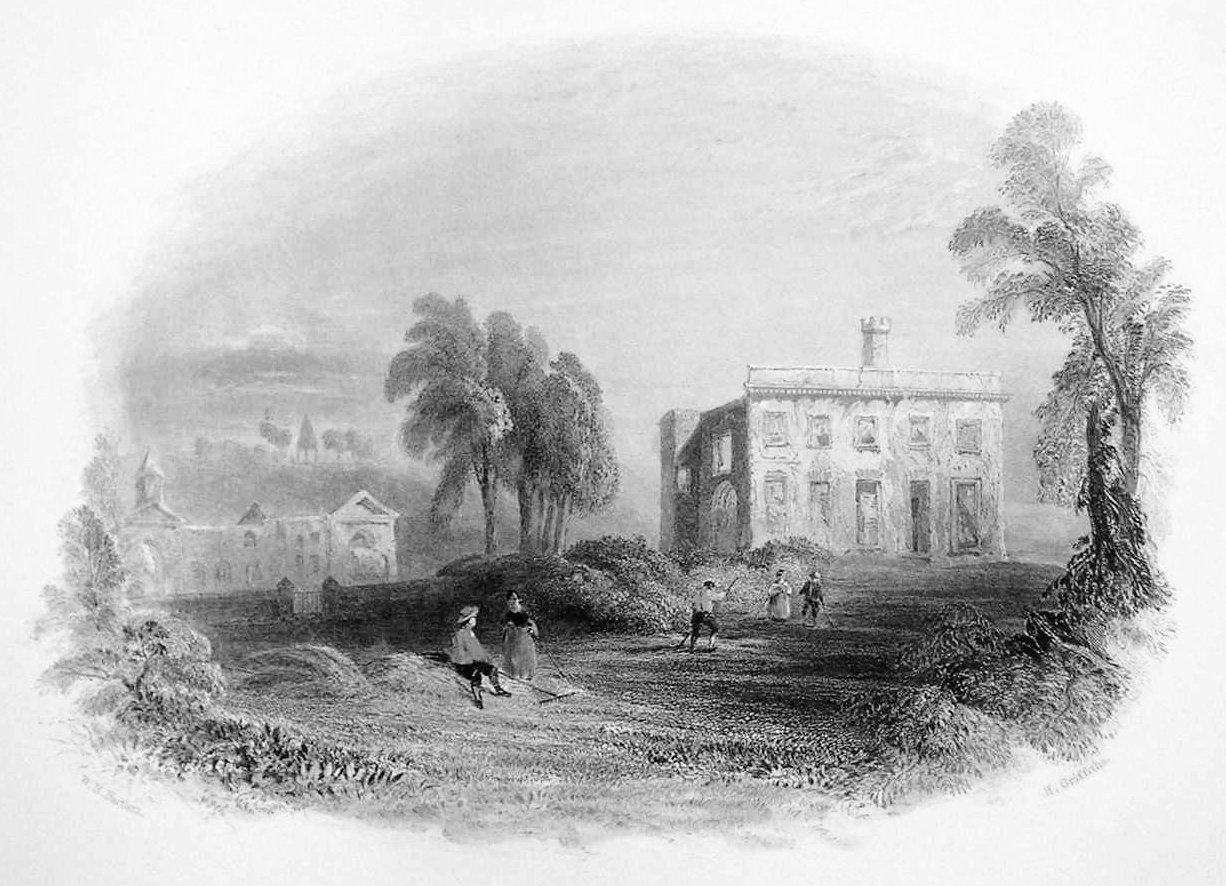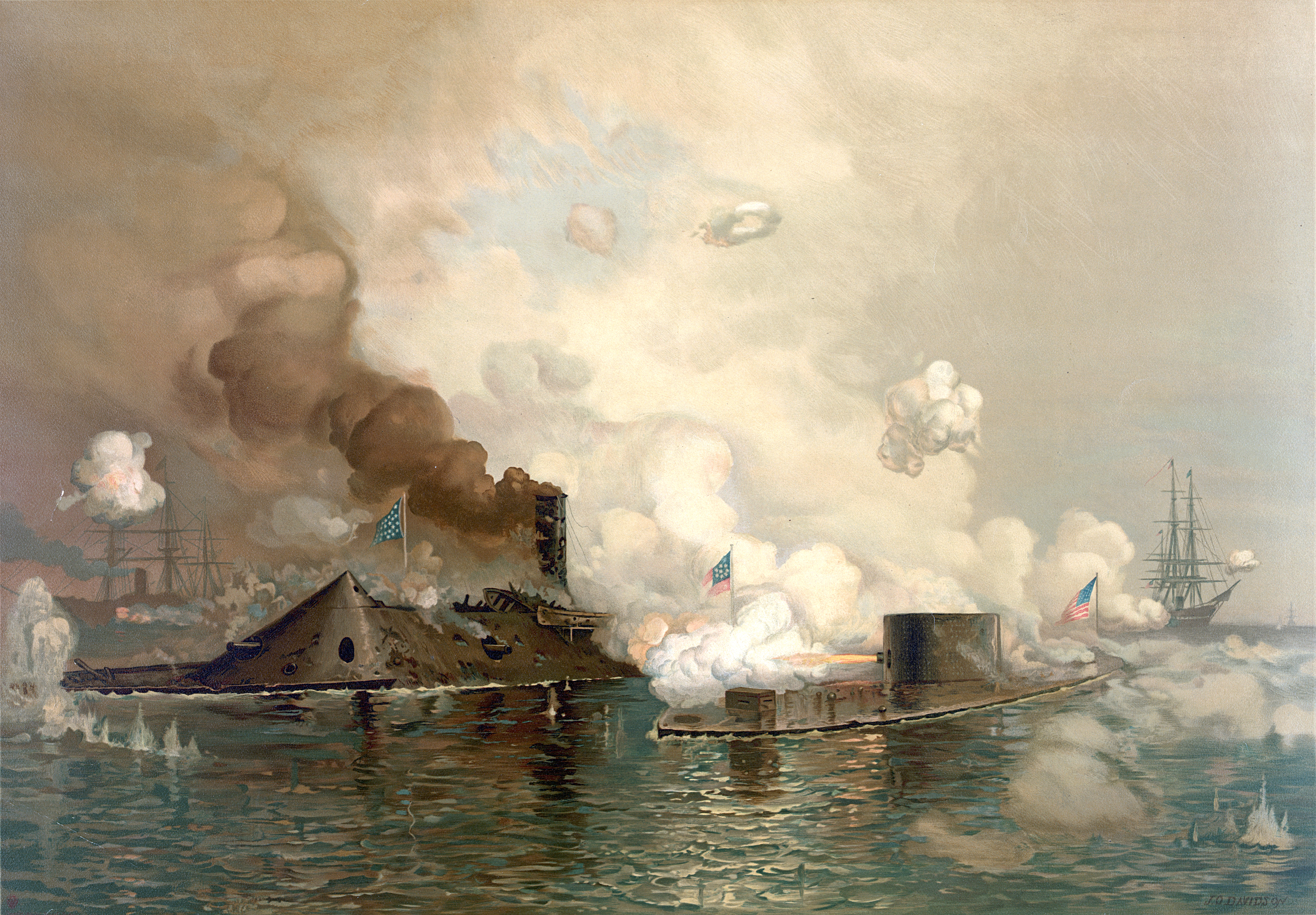|
HMS Iron Duke
Three ships of the British Royal Navy have been named HMS ''Iron Duke'' after Arthur Wellesley, 1st Duke of Wellington, nicknamed the "Iron Duke". The name is also a pun, as the first ship so named was an ironclad. * was a battleship launched in 1870, paid off in 1893, converted to as a coal hulk, and sold 1906 for scrap * was the name-ship of a class of battleships, launched in 1912 and sold in 1946 for scrap. She is most famous for being the fleet flagship at the Battle of Jutland. * is a Type 23 frigate launched in 1991 Battle honours Ships named ''Iron Duke'' have earned the following battle honours: *Jutland Jutland ( da, Jylland ; german: Jütland ; ang, Ēota land ), known anciently as the Cimbric or Cimbrian Peninsula ( la, Cimbricus Chersonesus; da, den Kimbriske Halvø, links=no or ; german: Kimbrische Halbinsel, links=no), is a peninsula of ..., 1916 See also * , another ship named after the first Duke of Wellington. * * {{DEFAULTSORT:Iron Duke Royal N ... [...More Info...] [...Related Items...] OR: [Wikipedia] [Google] [Baidu] |
Royal Navy
The Royal Navy (RN) is the United Kingdom's naval warfare force. Although warships were used by Kingdom of England, English and Kingdom of Scotland, Scottish kings from the early medieval period, the first major maritime engagements were fought in the Hundred Years' War against Kingdom of France, France. The modern Royal Navy traces its origins to the early 16th century; the oldest of the British Armed Forces, UK's armed services, it is consequently known as the Senior Service. From the middle decades of the 17th century, and through the 18th century, the Royal Navy vied with the Dutch Navy and later with the French Navy for maritime supremacy. From the mid 18th century, it was the world's most powerful navy until the World War II, Second World War. The Royal Navy played a key part in establishing and defending the British Empire, and four Imperial fortress colonies and a string of imperial bases and coaling stations secured the Royal Navy's ability to assert naval superiority ... [...More Info...] [...Related Items...] OR: [Wikipedia] [Google] [Baidu] |
Arthur Wellesley, 1st Duke Of Wellington
Arthur Wellesley, 1st Duke of Wellington, (1 May 1769 – 14 September 1852) was an Anglo-Irish people, Anglo-Irish soldier and Tories (British political party), Tory statesman who was one of the leading military and political figures of United Kingdom of Great Britain and Ireland, 19th-century Britain, serving twice as prime minister of the United Kingdom. He is among the commanders who won and ended the Napoleonic Wars when the coalition defeated Napoleon at the Battle of Waterloo in 1815. Wellesley was born in Dublin into the Protestant Ascendancy in Kingdom of Ireland, Ireland. He was commissioned as an Ensign (rank), ensign in the British Army in 1787, serving in Ireland as aide-de-camp to two successive lords lieutenant of Ireland. He was also elected as a Member of Parliament (United Kingdom), member of Parliament in the Irish House of Commons. He was a colonel by 1796 and saw Flanders Campaign, action in the Netherlands and in India, where he fought in the Fourth Angl ... [...More Info...] [...Related Items...] OR: [Wikipedia] [Google] [Baidu] |
Ironclad
An ironclad is a steam engine, steam-propelled warship protected by Wrought iron, iron or steel iron armor, armor plates, constructed from 1859 to the early 1890s. The ironclad was developed as a result of the vulnerability of wooden warships to explosive or incendiary shell (projectile), shells. The first ironclad battleship, , was launched by the French Navy in November 1859 - narrowly pre-empting the British Royal Navy. They were first used in warfare in 1862 during the American Civil War, when ironclads operated against wooden ships and, in a historic confrontation, against each other at the Battle of Hampton Roads in Virginia. Their performance demonstrated that the ironclad had replaced the unarmored ship of the line as the most powerful warship afloat. City-class ironclad, Ironclad gunboats became very successful in the American Civil War. Ironclads were designed for several uses, including as high seas battleships, long-range cruisers, and Littoral (military), coast ... [...More Info...] [...Related Items...] OR: [Wikipedia] [Google] [Baidu] |
Battle Of Jutland
The Battle of Jutland (german: Skagerrakschlacht, the Battle of the Skagerrak) was a naval battle fought between Britain's Royal Navy Grand Fleet, under Admiral Sir John Jellicoe, and the Imperial German Navy's High Seas Fleet, under Vice-Admiral Reinhard Scheer, during the First World War. The battle unfolded in extensive manoeuvring and three main engagements (the battlecruiser action, the fleet action and the night action), from 31 May to 1 June 1916, off the North Sea coast of Denmark's Jutland Peninsula. It was the largest naval battle and the only full-scale clash of battleships in that war. Jutland was the third fleet action between steel battleships, following the Battle of the Yellow Sea in 1904 and the Battle of Tsushima in 1905, during the Russo-Japanese War. Jutland was the last major battle in history fought primarily by battleships. Germany's High Seas Fleet intended to lure out, trap, and destroy a portion of the British Grand Fleet, as the German n ... [...More Info...] [...Related Items...] OR: [Wikipedia] [Google] [Baidu] |
Battle Honour
A battle honour is an award of a right by a government or sovereign to a military unit to emblazon the name of a battle or operation on its flags ("colours"), uniforms or other accessories where ornamentation is possible. In European military tradition, military units may be acknowledged for their achievements in specific wars or operations of a military campaign. In Great Britain and those countries of the Commonwealth which share a common military legacy with the British, battle honours are awarded to selected military units as official acknowledgement for their achievements in specific wars or operations of a military campaign. These honours usually take the form of a place and a date (e.g. " Cambrai 1917"). Theatre honours, a type of recognition in the British tradition closely allied to battle honours, were introduced to honour units which provided sterling service in a campaign but were not part of specific battles for which separate battle honours were awarded. Theatre ... [...More Info...] [...Related Items...] OR: [Wikipedia] [Google] [Baidu] |



